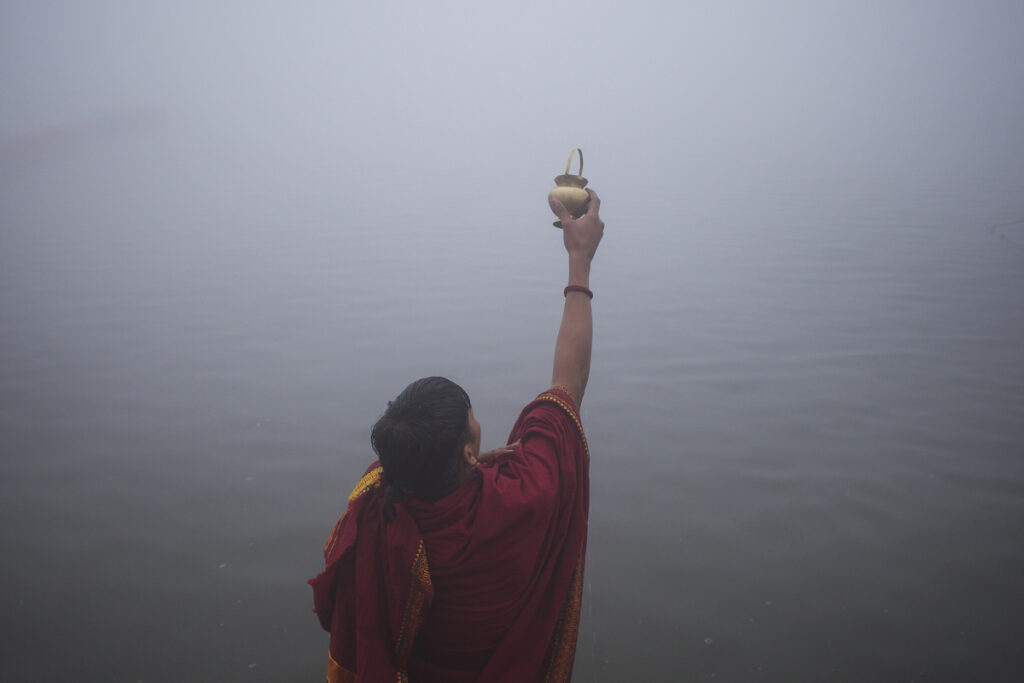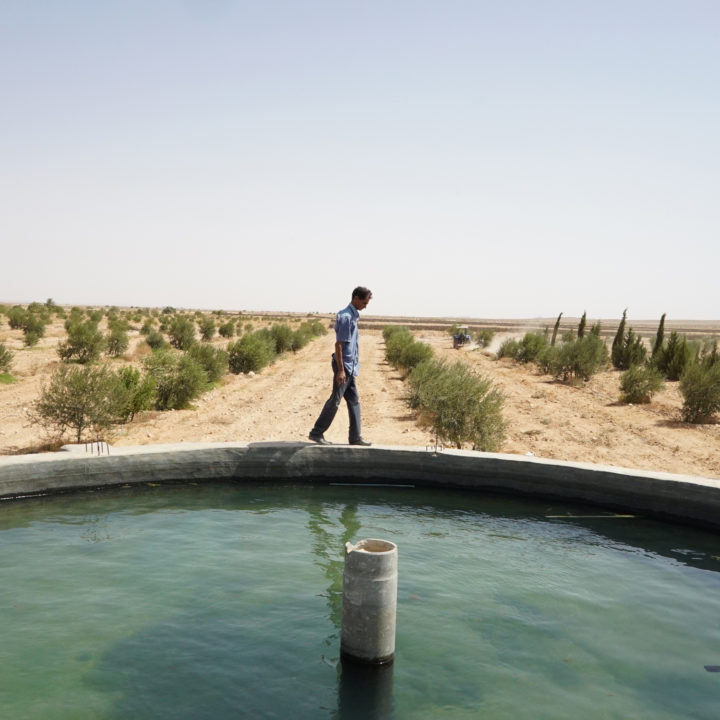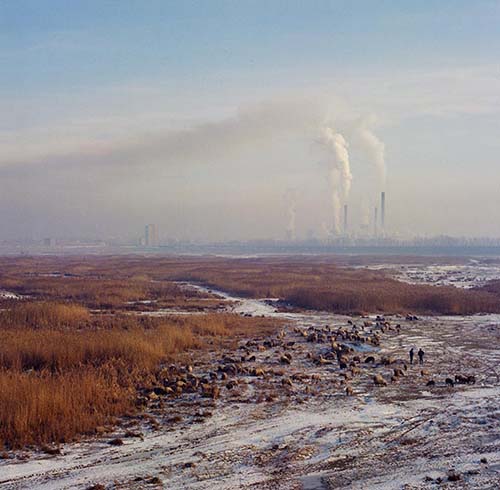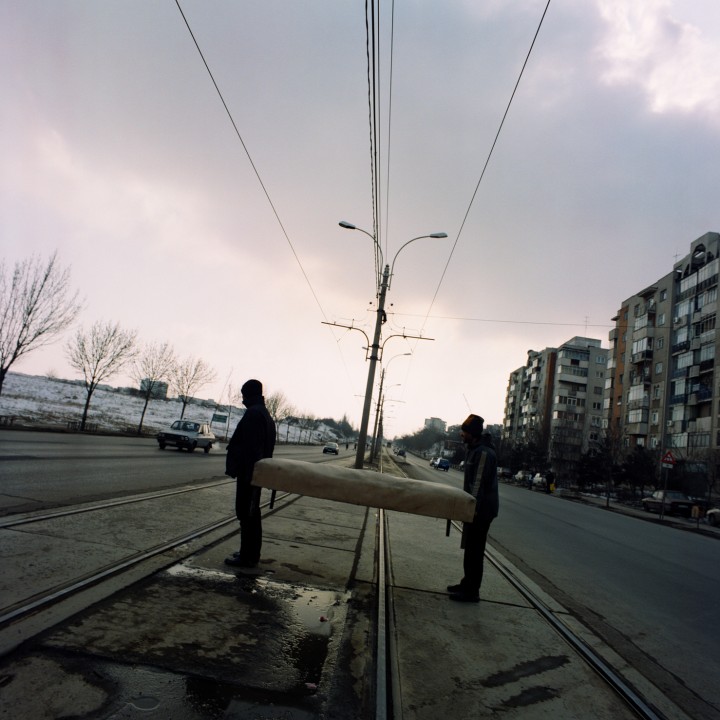Varanasi, where Myth becomes Reality @PanosPictures

Varanasi, or it’s more poetic names Kashi and Benares (‘City of Light’) is one of the oldest continually inhabited cities in the world. The significance and history of the place is clearly visible along the sprawling riverside ghats, a system of steps that lead down to the Ganges River, which are used for bathing, ceremonial pujas and ritual cremations.
According to the sacred texts (vedas) this is the place where the severed head of Brahma, which his opponent Shiva had carried around with him after a particularly violent struggle, dropped to the ground and was swallowed by the earth. Due to its important place in Hindu mythology, it is one of the holiest places for India’s dominant religion.
The city sits on the western bank of the Ganges, called Ganga Ma (or ‘Mother Ganges’) in Hindi, and is the door to another dimension for pilgrims who come to soak up the myth and symbolism of this ancient place. Varanasi has been a site of devotion and pilgrimage for millennia where people come to bathe, to pray and to die. The city of Shiva combines the earthly and the divine and dying here is said to attain ‘moksha’, freedom for the soul from the endless cycle of rebirth.
Walking through this ancient city is an obstacle course of narrow streets filled with people, animals, shops and daily commotion.
Religious iconography is everywhere and figurines of deities and mythical figures abound in the hundreds of shops and temples. Long a destination for tourists, it offers a very different experience for those who come to witness the strange beauty and those who are there to feed their soul.
With its crematory ghats, endless broken steps leading down to the river, trod by millions over the years, Varanasi is also home to another religion, most obviously represented by the Gyanvapi mosque, built in the 17th century, though under India’s increasingly Hindu nationalist government, prayer in this historic Muslim house of prayer has been surround by controversy.
The city is like one enormous Hindu temple with all the rituals of life and death brought together – rituals that are common to other religions and cultures but that have been practiced here for thousands of years.
American author Mark Twain, after visiting Varanasi in 1896, summarised his thoughts with the words: “Banares is older than history, older than tradition, older even than legend and looks twice as old as all of them put together.”
View the full story on: https://library.panos.co.uk/features/stories/varanasi-where-myth-becomes-reality.html



